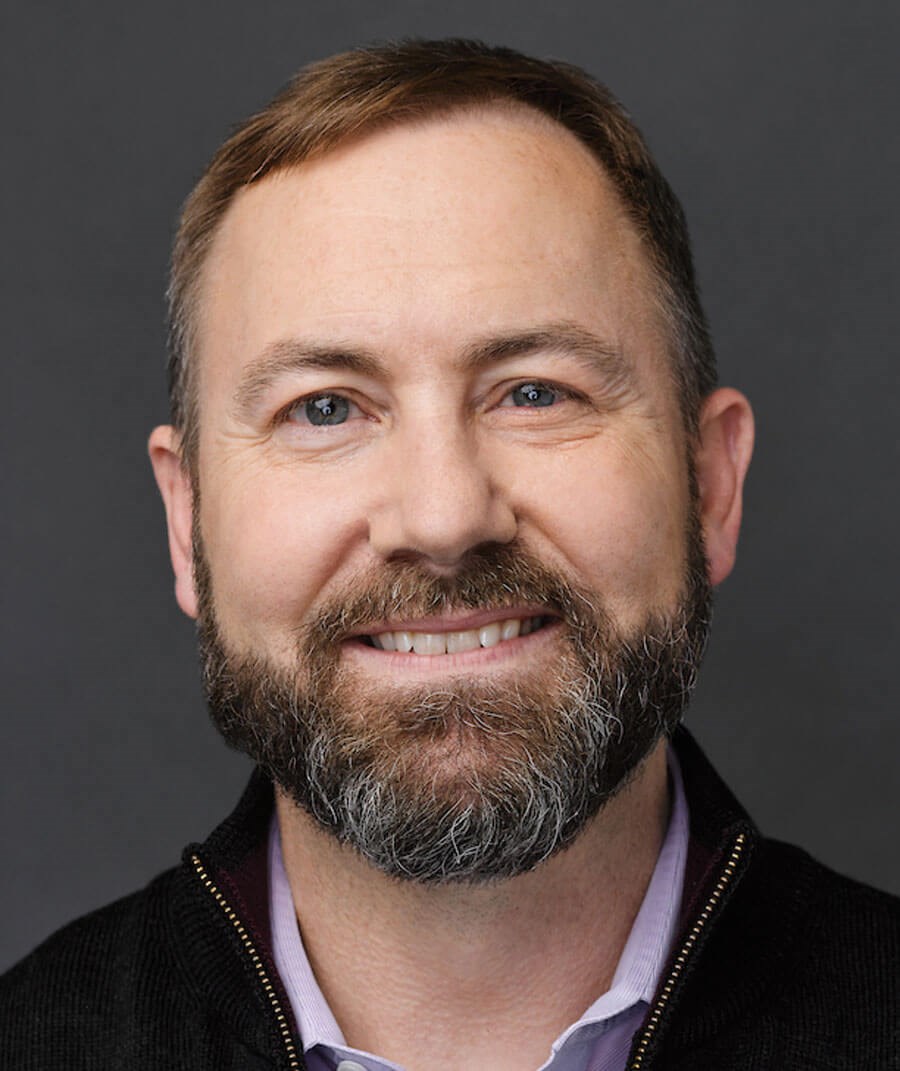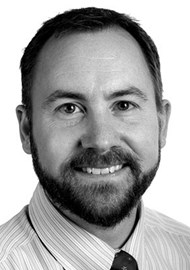
Brian J Fligor, PhD, PASC,
President, Audiologist-in-Chief,
Tobias & Battite Hearing Wellness,
Boston, Massachusetts, USA.
When it works well, capitalism is an excellent driver of innovation, generation of wealth, and adherence to best practices resulting in optimal outcomes. When applied to healthcare in general, and hearing healthcare specifically, the exchange of money for improved quality of life for the patient results in a net-positive for both provider and consumer.
Even in the not-for-profit world, employees (clinician providers and administrators) expect a paycheck, and so the money must come from somewhere. In countries with nationalised healthcare, where the government uses tax revenues to pay for the healthcare services, fees are set by a governing body. In countries without nationalised healthcare, costs associated with accessing care are typically covered by a mix of private insurance and publicly-funded insurance, as well as out-of-pocket payment by the individual consumer of the healthcare. Fees, then, vary based on what the business requires in order to be profitable and sustainable, balanced against what the consumer deems an acceptable cost for the benefits received.
However, even in countries with well-established nationalised healthcare, there is a growing market for private healthcare, which seeks to provide faster and/or better care than offered by the government-run programmes, and consumers pay for this faster and/or better care privately. Profit from the provision of care, paid for privately or publicly, is a byproduct of successful healthcare outcomes. One interpretation, then, is that it is actually unethical to not generate more revenue than expenses (that is, ‘profit’), as failing to profit from the provision of healthcare suggests something is wrong with the system, and that system is not sustainable.
Generating profit and creating a sustainable business is multifaceted, but in large part, boils down to the business owner charging (and collecting) enough money per hour of operation to meet the financial goals. Determining this ‘hourly rate’ is rather straightforward, though many factors feed the calculation. Essentially, the hourly rate is calculated by:
A. What are your total annual expenses*?
B. What is your desired profit (and other cash needs, such as for expansion or renovation)?
C. How many hours per week, per clinician, does the business provide clinical care?
D. How many clinical providers does the business employ?
The following example illustrates such a calculation of hourly rate:
A. DBKJ Hearing Care Centers** has total annual expenses = $400,000 USD
B. Their desired profit = $100,000 USD
C. Their clinicians are assigned 30 hours per week for clinical care
D. They have two full-time providers and one half-time provider (that is, 2.5 full-time equivalents)
To calculate the hourly rate, add A + B, and divide by 52 (the number of weeks in a year). This is $500,000 divided by 52 = $9,615.39. Divide this $9,615.39 by the product of C and D (that is, multiply C and D): $9,615.39 divided by (30hrs/wk * 2.5 providers) = $128.21. Thus, in order for DBKJ Hearing Care Centers to meet their total annual expenses and desired profit, they must generate at least $128.21 for every hour of clinical care provided. Based on this fundamental of operating the business, fees would be set to ensure they achieve at least this hourly rate.
For ENT & Audiology News January/February 2024, authors from the European Union (EU) and United States (US) share their experiences establishing successful systems that result in excellent patient outcomes and, consequently, generate profit. As guest editor, I invited colleagues who have achieved enviable success in their careers. While the subject matter of the articles cover more specialised topics than the provision of hearing aid-related care to adults, lessons drawn from each article generalise to all areas of the business of audiology. I hope these articles are intriguing and provoke thoughtful reflection in the reader.
Acknowledgements
I wish to extend my gratitude to the authors, Alicia DD Spoor, AuD, Jason Leyendecker, AuD, Clifford R Olson, AuD, and Ross O’Neill, PhD. These brilliant individuals gave their time and expertise in order to better inform ENT & Audiology News readership about unique aspects of the business of audiology that have received little attention to date. I also want to thank Tony Dotson, Finance Manager at Audigy Group, LLC (Vancouver, Washington, USA), for providing me with an excellent hourly rate calculation explanation. Finally, Francesca McCabe (Editorial Coordinator) and Gareth Smith, MSc, AuD (Audiology Editor), were incredibly patient and supportive, and I am grateful they trusted me with the role of guest editor.
Footnotes
*Total Annual Expenses is a combination of the following (and perhaps other expenses not captured here): all salary and benefits (all employees), overhead (such as rent, marketing, equipment, insurances and fees), and costs of goods (‘COG’ which includes hearing aids, earmoulds, batteries, accessories, and any other product which is purchased from a vendor and sold to the patient).
** Fictitious business name, for illustration purposes only, not intended to reflect finances of any actual business.
CLICK BELOW FOR THE ARTICLES









